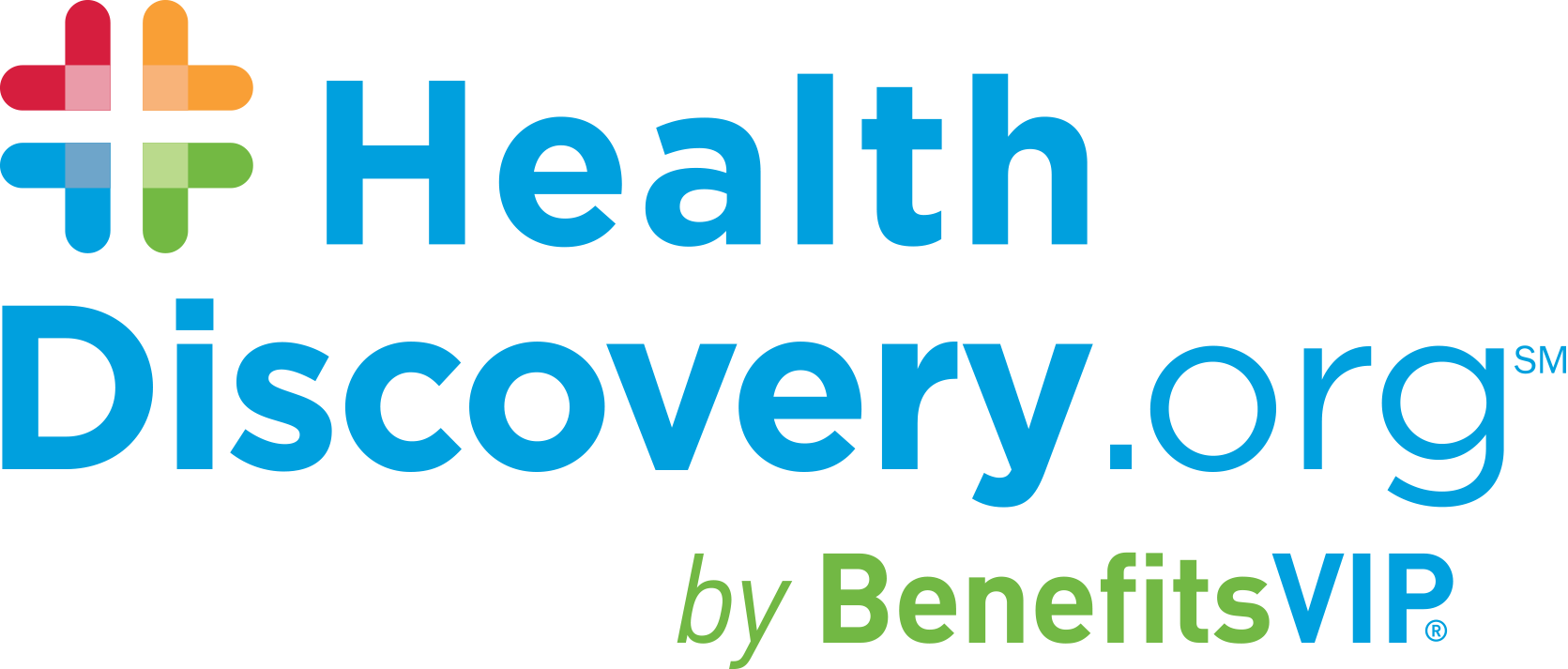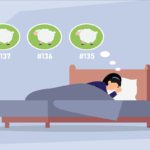We’ve all heard about maintaining healthy blood pressure. Height, weight, heart rate and blood pressure are a few of the routine “vitals” recorded during any doctor visit. Millions of Americans are taking medication to treat high blood pressure or hypertension. However millions more Americans still do not know they have hypertension or simply are not managing their condition. With so many Americans impacted, what makes hypertension a “silent killer” and what can you do about it?
What Do Blood Pressure Numbers Even Mean?
The beats of your heart create pressure to pump blood through the arteries throughout your body. This pressure is measured using two numbers. The first number, called systolic blood pressure, measures the pressure in your arteries when your heart beats. The second number, called diastolic blood pressure, measures the pressure between beats.
When blood pressure is continuously above a certain range as indicated in the chart above, it is considered high and that condition is known as hypertension. If left untreated, it can damage arteries, the heart and other organs along with a variety of complications.
The Problem with Hypertension
At a public health level, the issue with hypertension is scale. The Centers for Disease Control and Prevention (CDC) report that nearly half of American adults have hypertension or are taking medication for it. Only a quarter of those with hypertension have their condition under control.
Hypertension increases the risk of heart attack, stroke and heart disease. It is among the most common – and costly- preventative chronic conditions.
Hypertension isn’t limited to older adults either. Research indicates that over 20% of adults aged 18 to 39 have hypertension. This, along with increasing rates of obesity and diabetes, may be contributing to the increase of strokes among younger age groups.
On an individual level, the problem of hypertension is how it’s often not discovered until too late.
Hypertension Symptoms
None.
That’s why doctors are so concerned, and why blood pressure monitoring is so important. Unless you’re looking for it, it’s often symptomless. That is until something more serious and costly, like a heart attack or stroke, happens. That’s how hypertension earned the ominous nickname, the “silent killer.” Many people don’t know they’re at risk until it is too late.
Over time, increased pressure strains and changes the artery walls, making them less elastic and stiffer. This stiffness contributes to many cardiac conditions including coronary artery disease, stroke, heart failure and atrial fibrillation. High blood pressure also means that the heart must work harder to move the same amount of blood which strains that essential muscle. High blood pressure itself could be a symptom of other conditions like hardened arteries or high cholesterol.
While the most immediate risks of hypertension are to the heart and arteries, it can also cause complications from the eyes to the kidneys. Recent research is also identifying a connection between hypertension and an increased risk for dementia.
The good news is that hypertension is easily detectable and effectively controlled by low-cost treatments and lifestyle changes.
Hypertension Risk Factors
While genetics and family history can play a role, the biggest risk factors come from lifestyle choices and behaviors. One of the main risk factors is an unhealthy diet high in sodium. Diet improvements are one of the most accessible and impactful lifestyle changes. The good news is that a reduced sodium diet for four or more weeks also caused “a significant fall in BP” and reduced cardiovascular complications.
Typically, excess sodium (as with many nutrients) is harmlessly passed in urine. Due to modern, excessively salty diets, the kidneys are being tasked with filtering more sodium than we can handle. The body’s solution to this problem is to hold onto more water to dilute the sodium until it can be passed. However, this increases the volume of blood flowing through the heart and veins. That extra volume raises blood pressure and makes the heart work harder.
Other factors include physical inactivity and obesity. Tobacco smoking and excess alcohol use can also raise blood pressure.
Yet if caught early, lifestyle changes can make a big difference and prevent additional damage.
Hyper(tension) Vigilance
Regular blood pressure monitoring is the best way to detect this silent killer, especially if you have one or more risk factors. As with so many aspects of health and well-being, an annual doctor visit is a great place to start and will provide a blood pressure screening baseline. This annual visit is provided without cost sharing on most health insurance plans. Contact your employee advocacy team with any questions or help finding a high-quality primary care physician.
Ask your employer if they sponsor workplace health fairs or other wellness initiatives. These could focus on identifying and educating about specific conditions like high blood pressure or may cover any number of wellness topics. Common programs like weight loss initiatives, exercise incentives or dietary education can address underlying risk factors for hypertension.
It’s a smart habit to self-monitor your blood pressure at home. It’s cheap, easy and can help reduce your risk of complications.
Sources:
Centers for Disease Control and Prevention, “High Blood Pressure Symptoms and Causes”
Centers for Disease Control and Prevention, “Facts About Hypertension”
National Center for Health Statistics, “Hypertension Prevalence Among Adults Aged 18 and Over”
University of Chicago Medicine, “How high blood pressure affects risk for dementia”
Nutrients, “Sodium Intake and Hypertension”
Harvard School of Public Health, “The Nutrition Source: Salt and Sodium”











